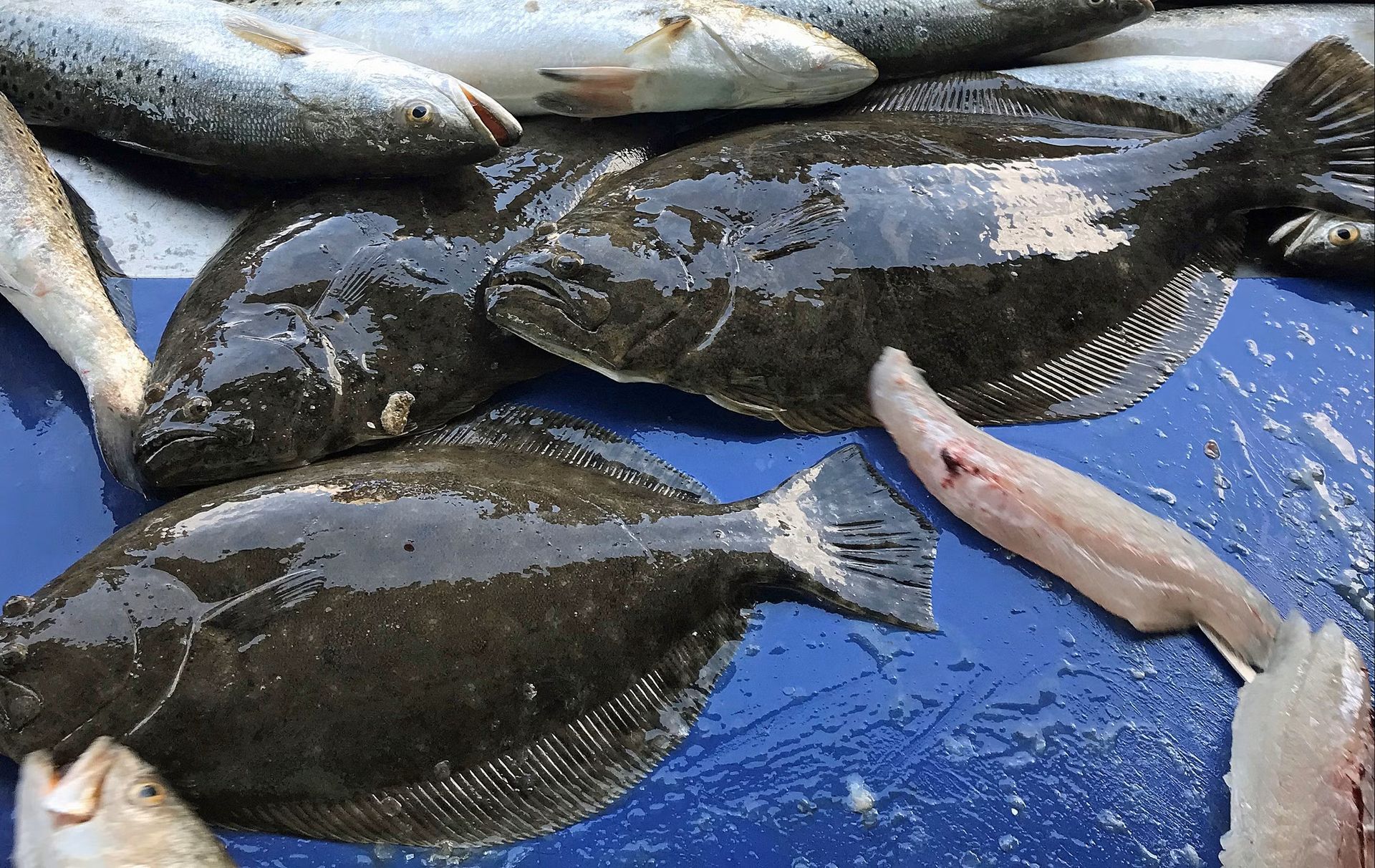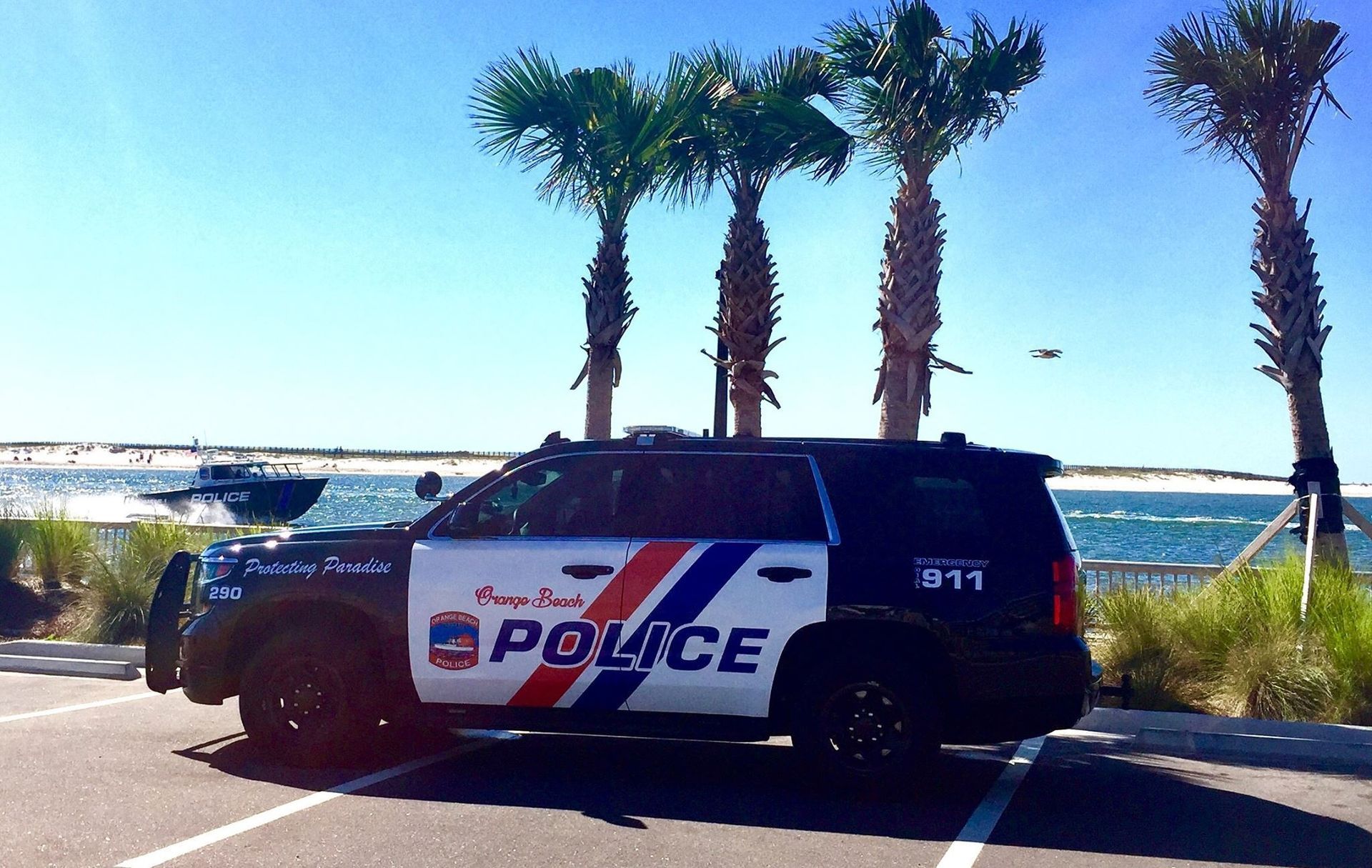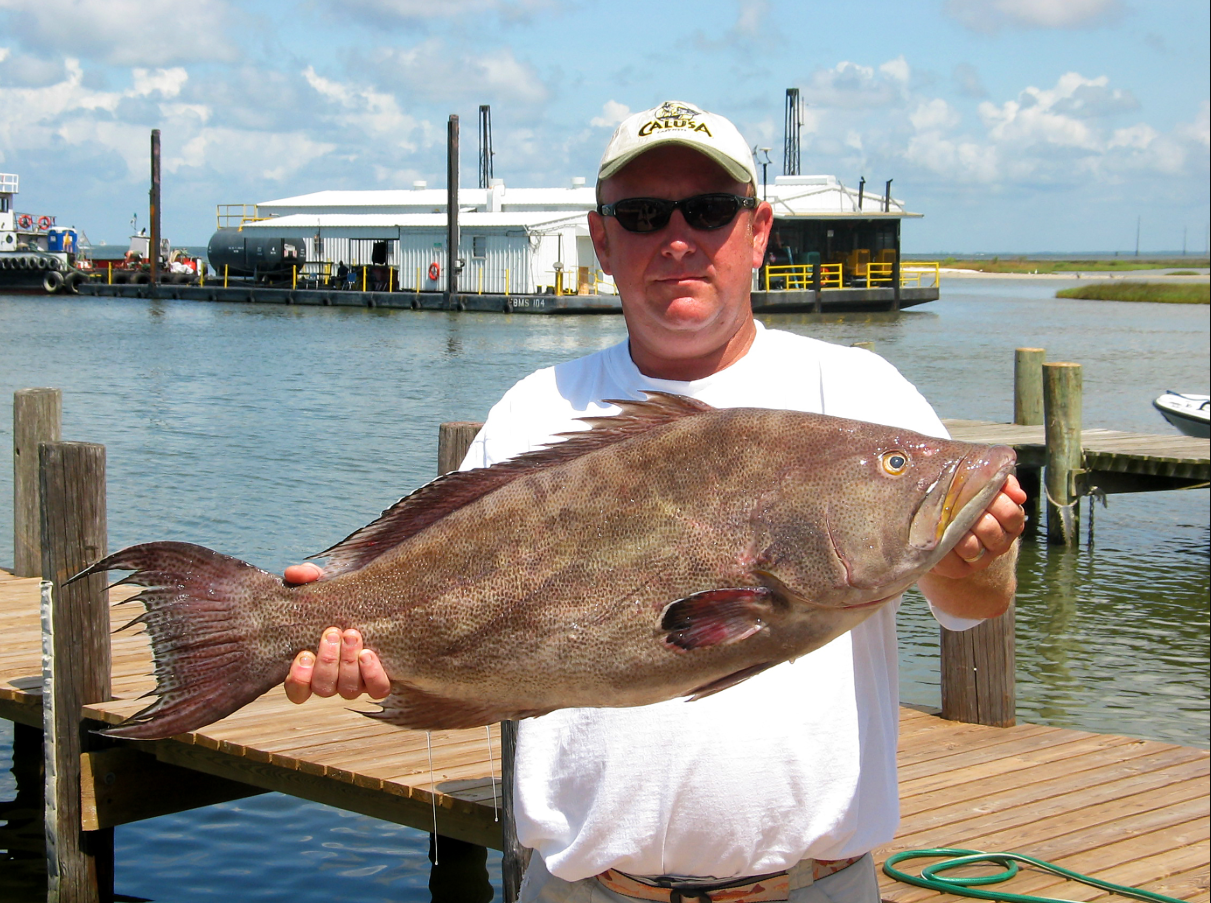Alabama Researchers Uncover Surprising Trends in Inshore Fish Populations
Flounder and redfish studies uncover unexpected trends

Orange Beach, Ala. – (OBA) – Recent research on inshore fish species in Alabama has revealed surprising findings about their movements and spawning habits. Scientists at the University of South Alabama (USA) have been tagging southern flounder, speckled trout, red drum, and tripletail to track their migration patterns.
Dr. Sean Powers, Director of the Stokes School of Marine and Environmental Sciences at USA, explained that these studies show a significant portion of flounder populations remain offshore, which was previously unknown. Researchers confirmed this by analyzing the chemical makeup of flounder ear bones and tracking data from tagged fish.
This discovery could explain why flounder populations have been able to sustain strong recruitment years despite historically low numbers. Spearfishermen had long reported seeing flounder offshore, and now researchers have scientific evidence to support their claims.
Another key finding highlights the role of the Mobile-Tensaw Delta, a vast wetland system north of Mobile Bay, in flounder recruitment. The amount of grass in the Delta appears to affect juvenile flounder numbers, indicating its importance as a nursery habitat.
Regulation changes have also played a role in the recent rebound of flounder populations. In 2019, the Alabama Department of Conservation and Natural Resources (ADCNR) reduced the daily bag limit to five fish and banned all flounder harvesting in November. This measure aimed to protect fish migrating offshore to spawn.
Marine experts have also been studying red drum, particularly large bull reds over 26 inches. Acoustic tagging has revealed that while most Alabama-tagged fish remain near the coast, some travel to Louisiana before returning. The data suggests that Alabama, Mississippi, and Louisiana share a connected spawning population.
With recreational fishing pressure rising, ADCNR is considering new regulations. The state may eliminate the current exemption allowing anglers to keep one redfish over 26 inches per day. The goal is to protect the larger breeding fish and ensure a sustainable population.
“We have to be mindful of how many hooks are in the water and how that impacts the species,” said Marine Resources Division Director Scott Bannon. In 2019, Alabama issued 140,000 saltwater fishing licenses, which grew to more than 214,000 in 2023.
Researchers are also gathering data on tripletail and sheepshead, two species growing in popularity among anglers. While there are no signs of trouble, scientists want to learn more about their life cycles and populations.
To maintain healthy fish stocks, ADCNR is proposing a reduction in the sheepshead bag limit from 10 fish to eight fish. Officials say this proactive step will help manage the species while still allowing anglers to enjoy the fishery.
“We’re blessed to have strong fish stocks in Alabama,” Bannon said. “By staying ahead of potential issues, we can keep our fisheries healthy for the future.”
Share this article w/ Friends...











